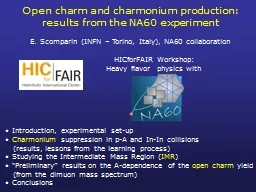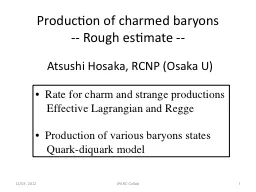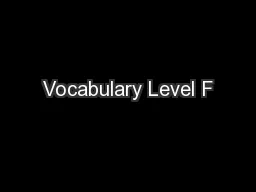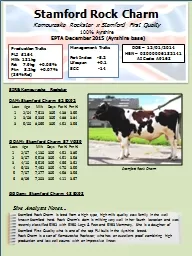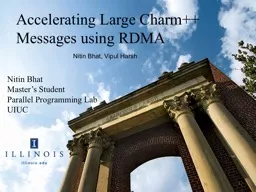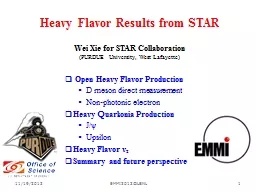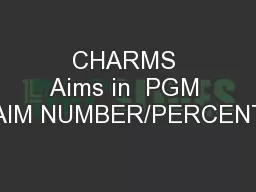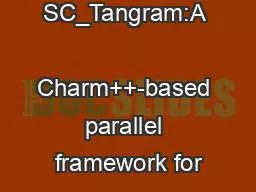PPT-Open charm and
Author : natalia-silvester | Published Date : 2016-09-04
charmonium production results from the NA60 experiment E Scomparin INFN Torino Italy NA60 c ollaboration Introduction experimental setup Charmonium suppression
Presentation Embed Code
Download Presentation
Download Presentation The PPT/PDF document "Open charm and" is the property of its rightful owner. Permission is granted to download and print the materials on this website for personal, non-commercial use only, and to display it on your personal computer provided you do not modify the materials and that you retain all copyright notices contained in the materials. By downloading content from our website, you accept the terms of this agreement.
Open charm and: Transcript
Download Rules Of Document
"Open charm and"The content belongs to its owner. You may download and print it for personal use, without modification, and keep all copyright notices. By downloading, you agree to these terms.
Related Documents

